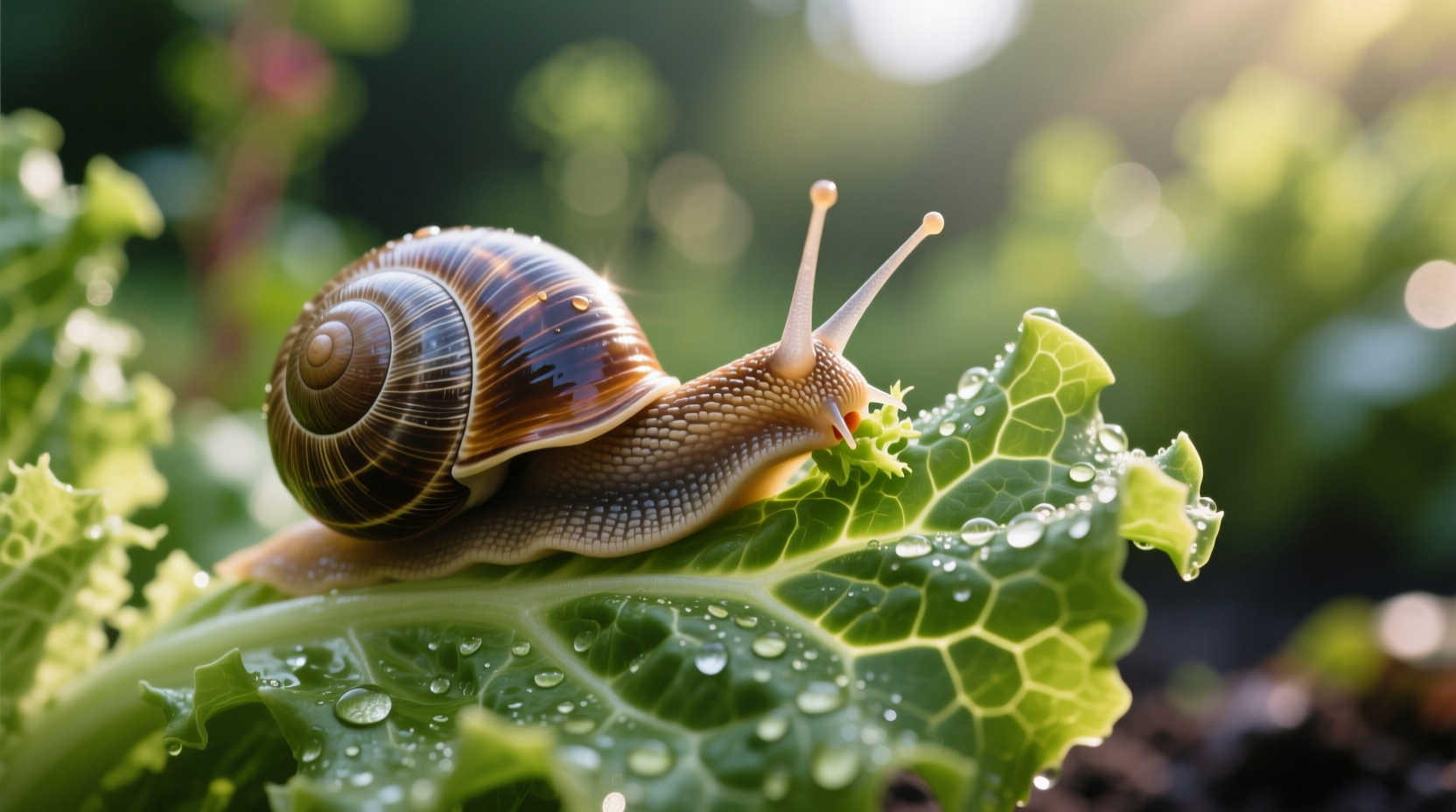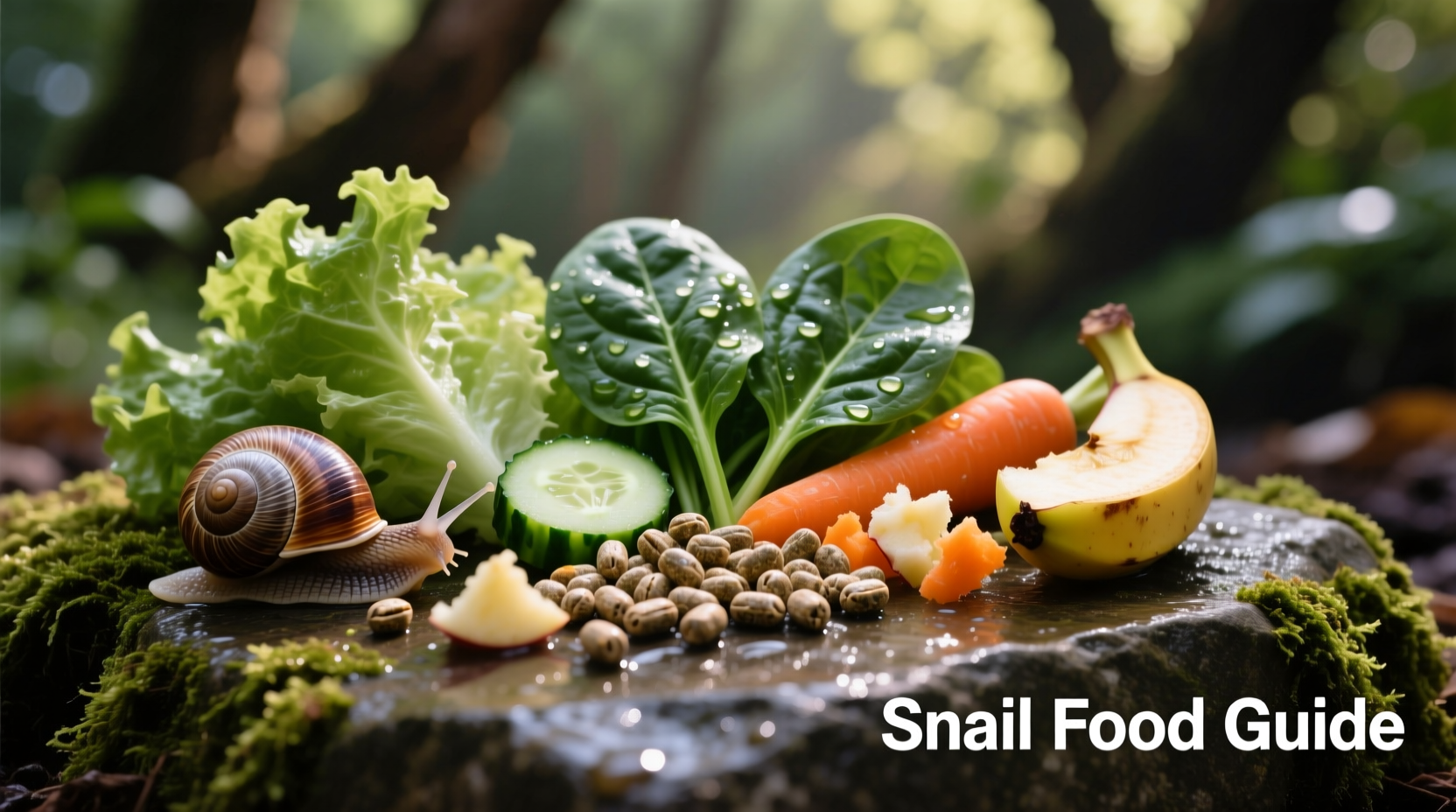Understanding proper snail nutrition is crucial whether you're managing garden snails or caring for pet species like the popular Achatina fulica or Helix aspersa. This guide provides scientifically-backed information on snail dietary requirements across different environments.
Natural Snail Diet in the Wild
Snails in their natural habitats consume a diverse range of organic materials. According to research from the University of California Agriculture and Natural Resources, wild terrestrial snails primarily feed on:
- Decaying plant matter (60-70% of diet)
- Fresh leaves and soft vegetation (20-30%)
- Fungi and algae (5-10%)
- Occasional dead insects for protein (1-5%)
This natural foraging behavior helps maintain ecosystem balance by breaking down organic material. In garden environments, snails often gravitate toward moist, shaded areas where their preferred food sources grow abundantly.
Essential Nutrients for Healthy Snails
Calcium stands as the most critical nutrient for snails, comprising approximately 95% of their shell composition. Without adequate calcium intake, snails develop weak, brittle shells that can lead to serious health complications.
The Journal of Molluscan Studies confirms that snails require:
- Calcium: 15-20% of total dietary intake
- Protein: 8-12% for growth and reproduction
- Fiber: 25-35% from plant matter
- Moisture: 80-90% hydration content in food

Optimal Food Choices for Pet Snails
When caring for pet snails, providing a varied diet ensures complete nutrition. The following table outlines recommended food sources based on research from the American Malacological Society:
| Food Category | Recommended Items | Feeding Frequency | Nutritional Benefits |
|---|---|---|---|
| Leafy Greens | Romaine, kale, dandelion greens | Daily | High calcium, vitamins A & K |
| Vegetables | Cucumber, zucchini, carrots | 3-4 times weekly | Hydration, fiber, beta-carotene |
| Fruits | Apples, pears, berries | 1-2 times weekly | Natural sugars, vitamin C |
| Calcium Sources | Cuttlebone, eggshell, calcium powder | Always available | Shell maintenance, growth |
Important Context Boundaries for Snail Feeding
Snail dietary needs vary significantly based on environment and species. The British Escargot Society notes critical distinctions:
- Garden snails: Primarily consume outdoor vegetation; require minimal intervention
- Pet snails: Need controlled diet with calcium supplementation
- Aquatic snails: Require algae-based foods and specialized aquatic vegetation
- Tropical species: Need higher fruit content than temperate species
Overfeeding calcium can cause health issues, while insufficient amounts lead to shell deterioration. The optimal balance depends on the snail's life stage—growing juveniles require 25% more calcium than mature adults.
Foods to Avoid for Snail Health
Certain common foods can be harmful or fatal to snails. Research from the University of Florida's Entomology Department identifies these dangerous items:
- Processed human foods with salt or spices
- Citrus fruits (high acidity damages digestive system)
- Onions, garlic, and other allium family members
- Plants treated with pesticides or herbicides
- Meat products (snails are primarily herbivores)
When introducing new foods, follow the 24-hour observation rule: provide small quantities and monitor for adverse reactions before making items a regular part of the diet.
Practical Feeding Guidelines
Implement these evidence-based practices for optimal snail nutrition:
- Calcium supplementation: Provide cuttlebone or crushed eggshell in the enclosure at all times
- Food preparation: Wash all produce thoroughly and chop into small, manageable pieces
- Moisture management: Mist food lightly to maintain hydration without creating standing water
- Feeding schedule: Offer fresh food daily in the evening (snails are nocturnal feeders)
- Waste removal: Remove uneaten food after 24 hours to prevent mold growth
For garden snail management, consider companion planting with snail-repellent species like garlic, chives, or rosemary to naturally control populations without harmful chemicals.











 浙公网安备
33010002000092号
浙公网安备
33010002000092号 浙B2-20120091-4
浙B2-20120091-4